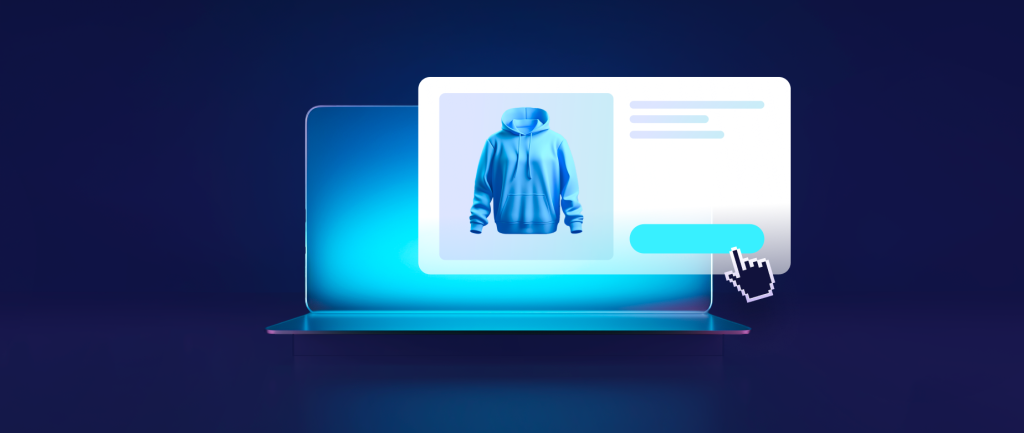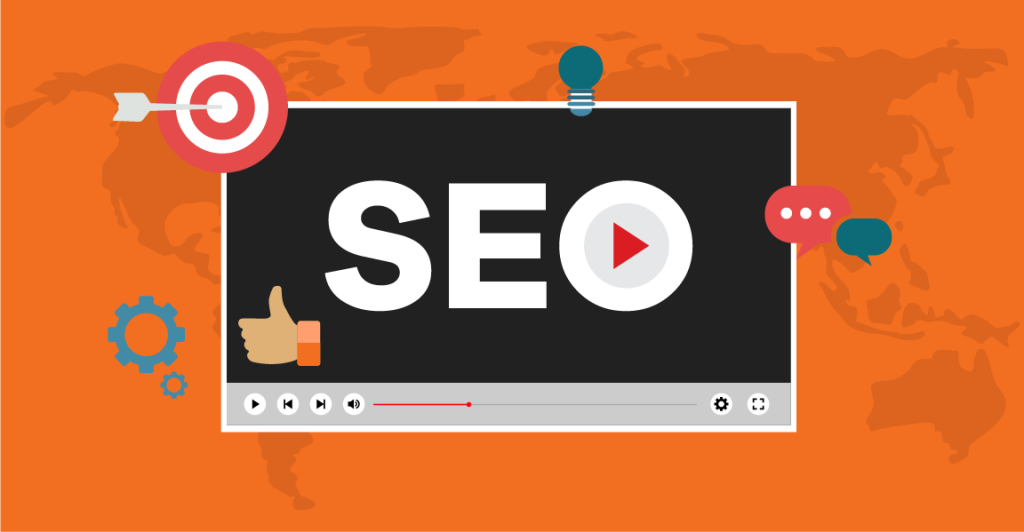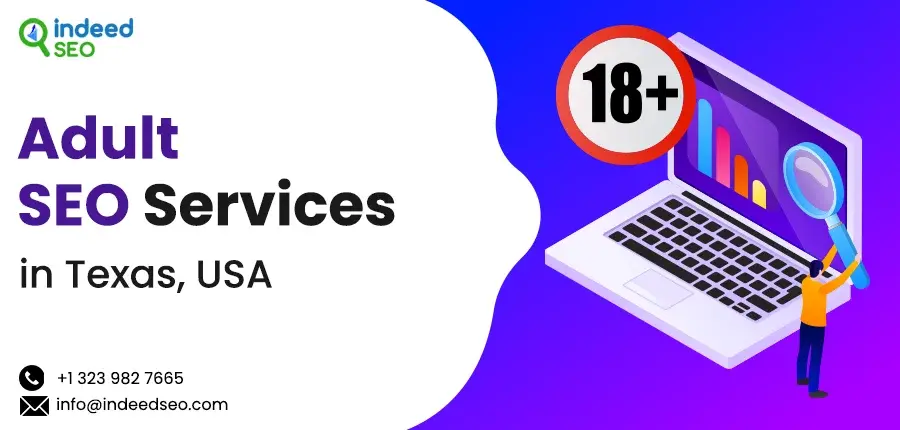To optimize your Shopify store for search engines, start with keyword research and site structure optimization. Ensure your product pages have unique, descriptive titles and meta descriptions.
Embarking on the journey of optimizing a Shopify store for better search engine visibility involves a strategic approach to content, technical SEO, and user experience. Mastering Shopify SEO is crucial for e-commerce success, as it can significantly increase your online store’s traffic and sales.
The digital marketplace is fiercely competitive, and without proper SEO practices, even the most appealing Shopify stores might languish in obscurity. This guide aims to demystify the process, offering clear, actionable steps that will help your store climb the ranks in search engine results. With the right SEO foundations, you can enhance your store’s discoverability, engage with more potential customers, and ultimately drive your business forward in the digital age.
Introduction To Shopify Seo
Welcome to the Introduction to Shopify SEO. This guide aims to boost your online store’s visibility. Let’s dive into the world of Shopify and SEO!
Importance Of Seo In E-commerce
SEO stands for Search Engine Optimization. It helps your store appear on search engines like Google. A higher ranking means more visitors. More visitors can lead to more sales. Thus, SEO is crucial for e-commerce success.
- SEO increases your store’s visibility.
- It brings more potential customers.
- Improves user experience.
- Boosts sales and growth.
Basics Of Shopify Platform
Shopify is a leading e-commerce platform. It lets you create an online store easily. Shopify offers various tools for SEO. Understanding these tools is key to optimizing your store.
| Feature | Description |
|---|---|
| Themes | Customizable designs for your store. |
| Apps | Extensions to add more features. |
| Analytics | Track your store’s performance. |
Start by choosing a theme. Then, add apps to boost SEO. Always check your store’s analytics. This helps you understand and improve.
Starting With Keyword Research
Keyword research sets the foundation for SEO success on Shopify. It helps pinpoint what potential customers search for. This step guides all subsequent SEO efforts.
Tools For Finding The Right Keywords
Diverse tools can streamline keyword discovery. These tools offer data-driven insights. Here are some popular options:
- Google Keyword Planner: Ideal for beginners, free to use.
- Ahrefs: Offers detailed keyword reports and SEO metrics.
- SEMrush: Provides competitive data for strategic planning.
- Moz Keyword Explorer: Gives keyword suggestions and SERP analysis.
Analyzing Keyword Relevance And Competition
Not all keywords suit every Shopify store. Assess each keyword’s relevance. Check how it aligns with your products.
Competition analysis is crucial too. It helps understand the keyword difficulty. Look at the competitors ranking for these keywords.
| Keyword | Relevance | Competition |
|---|---|---|
| Vintage Leather Bags | High | Medium |
| Eco-friendly Water Bottles | High | High |
Optimizing Your Shopify Store Structure
Shopify store structure is vital for user experience and SEO. A well-organized store helps customers find products quickly. It also makes it easier for search engines to crawl and index your site. Let’s dive into how to optimize your store’s structure.
Simplifying Navigation
Simple navigation is key. Your customers should reach any page in three clicks or less. Use clear, descriptive labels for your navigation links. Bold the critical sections:
- Home
- Shop
- About Us
- Contact
Include a search bar. Place it at the top of every page.
Creating A Hierarchical Layout
Organize your products into categories and subcategories. Start with broader categories. Then break them down into more specific subcategories. Here is an example:
| Category | Subcategory |
|---|---|
| Women’s Clothing | Dresses |
| Tops | |
| Men’s Clothing | Shirts |
| Pants |
This layout helps customers browse with ease. It also guides search engines through your site’s content.
Crafting Compelling Product Descriptions
Product descriptions can make or break a sale. They bridge the gap between a customer’s needs and the product that fulfills them. To optimize your Shopify store, your product descriptions must not only inform but also entice. Let’s dive into how to create product descriptions that are both SEO-friendly and persuasive.
Incorporating Keywords
Identify primary keywords for your product and include them in your descriptions. This improves your store’s visibility in search results. Use tools like Google Keyword Planner to find relevant terms. Place keywords strategically without overstuffing. Aim for a natural flow.
- Title tags: Include main keyword.
- Meta descriptions: Add secondary keywords.
- Features and benefits: Sprinkle keywords throughout.
Remember, Google values user experience. So, keep descriptions readable and engaging.
Using Persuasive Language
Words can influence and persuade shoppers to buy. Craft descriptions that connect with their emotions. Use power words that trigger a response. These include terms like ‘exclusive’, ‘limited’, ‘premium’, and ‘deal’.
- Highlight benefits over features.
- Use short, impactful sentences.
- Create a sense of urgency.
Write as if speaking directly to the customer. Use ‘you’ to create a personal connection. End with a clear call to action.
Improving Your Store’s Loading Speed
Improving Your Store’s Loading Speed is crucial for a better user experience. Fast loading times keep customers happy. They also help with search engine rankings. Let’s dive into ways to speed up your Shopify store.
Compressing Images
Large images slow down your site. Compress them to improve speed. Use tools like TinyPNG or Shopify’s image editor. This reduces file size without losing quality.
- Select the right format: JPEG for photos, PNG for graphics.
- Resize images: Match them to their display size on your site.
- Use compression tools: Automate the process with apps.
Leveraging Browser Caching
Browser caching stores site resources on local computers. It means faster load times on subsequent visits. Set caching rules for your site’s assets.
- Edit your .htaccess file: Add caching parameters for different file types.
- Set expiry times: Decide how long browsers should keep cached files.
- Use Shopify apps: Apps like SEO Manager can help set this up.

Credit: optinmonster.com
Building Quality Backlinks
Let’s dive into Building Quality Backlinks for your Shopify store. This step is crucial for boosting your site’s SEO. It helps your store rank higher in search engine results. Good backlinks tell search engines your site is valuable and trustworthy.
Outreach Strategies
First, focus on Outreach Strategies. These are ways to connect with other website owners. Your goal is to get them to link back to your site. Start by making a list of sites related to your business. Email these site owners. Offer them something valuable in return for a backlink. This could be a product sample or a mention on your blog.
- Create a list of related websites.
- Email them with a valuable offer.
- Follow up if you don’t hear back.
Guest Posting Opportunities
Next, look for Guest Posting Opportunities. This means writing articles for other websites. In return, you get a backlink to your Shopify store. Find blogs that your target audience reads. Pitch them an idea for an article that you can write. Make sure it’s relevant to their readers and your business.
- Find blogs your audience loves.
- Pitch a relevant article idea.
- Include a backlink to your store in your guest post.
Remember, building backlinks takes time. Be patient and consistent. Use these strategies to improve your Shopify store’s SEO. You’ll see your site climb the search engine rankings.
Leveraging Social Media For Seo
Shopify store owners, amplify your online presence with social media. This powerful tool boosts your SEO efforts. Let’s dive into using social media to your advantage.
Creating Shareable Content
Quality content goes viral. It brings more eyes to your brand. Start with these tips:
- Understand your audience: Tailor posts to their interests.
- Use visuals: Images and videos grab attention.
- Keep it fresh: Regularly post new, relevant content.
- Include calls-to-action: Encourage sharing directly.
Shareable content increases traffic. More traffic improves SEO rankings.
Engaging With Your Audience
Interactions build relationships. They signal value to search engines. Follow these steps:
- Respond promptly: Quick replies show you care.
- Ask questions: Spark conversations with your followers.
- Show appreciation: Like and share user-generated content.
- Run contests: They encourage participation and shares.
Active engagement leads to loyal customers. It also improves your SEO.
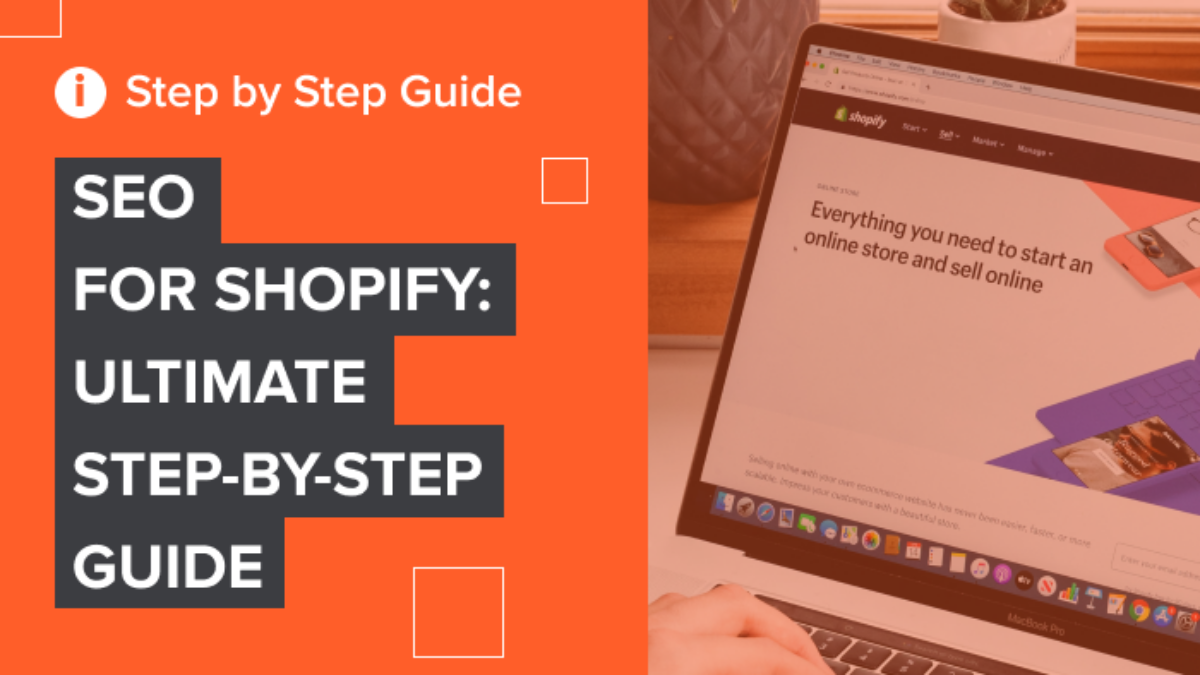
Credit: neilpatel.com
Monitoring Your Seo Performance
Once your Shopify store is up and running, tracking your SEO success is crucial. It’s like keeping a health check on your store’s visibility. Knowing how to monitor your SEO performance guides your strategy and helps improve your rankings. Let’s dive into the analytics and reports that will keep you on top of your game.
Setting Up Analytics
To track your SEO success, start with analytics. Analytics tools collect data on your store’s traffic and customer behavior. This data is key to understanding what works and what doesn’t. Let’s set up the two most popular tools:
- Google Analytics: Tracks visitor behavior, traffic sources, and more. Install by adding your store’s tracking code.
- Shopify Analytics: Built into your Shopify dashboard, it tracks sales, customer behavior, and other essential metrics.
Interpreting Seo Reports
SEO reports are your scorecard. They show if your efforts are paying off. Important reports to review regularly include:
| Report | Importance |
|---|---|
| Keyword Rankings | Shows where your pages rank for specific keywords. |
| Organic Traffic | Measures visitors from search engines. |
| Conversion Rate | Tracks how many visitors make a purchase. |
Understanding these reports helps you make informed decisions. Make changes based on data, not guesswork.
Common Seo Mistakes To Avoid
Shopify stores need SEO to reach customers. Even small mistakes can hurt your store’s visibility. Let’s avoid common SEO pitfalls.
Duplicate Content Issues
Duplicate content confuses search engines. They struggle to choose which version to index. This can lower your rankings. Make sure each product description is unique. Use canonical tags to point to the original content.
Check your site for duplicate content regularly. Use tools like Copyscape or Siteliner. They help find and fix these issues.
Neglecting Mobile Optimization
Many shoppers use mobile devices. Your store must work well on phones and tablets. A mobile-friendly site ranks better on Google.
Test your site’s mobile usability with Google’s Mobile-Friendly Test tool. Make sure buttons are easy to click. Ensure text is readable without zooming. Fast loading times are crucial for mobile users.
Keep your layout simple. Use large, easy-to-read fonts. Compress images to speed up loading times. Your mobile users will thank you.
Advanced Shopify Seo Tips
Welcome to Advanced Shopify SEO Tips. Here, we dive deeper into strategies that can give your Shopify store an extra edge. Ready to take your store to the next level? Let’s explore some powerful tactics.
Utilizing Schema Markup
Schema markup helps search engines understand your content better. It’s like a map for Google, guiding it through your site’s products and services. By adding schema markup, you make your store more visible in search results.
- Product Schema: Highlight your products’ details like price, availability, and reviews.
- FAQ Schema: Showcase frequently asked questions directly in search results.
- Breadcrumb Schema: Help users navigate your site more easily.
Use to add schema to your Shopify store.
Exploring Amp For Faster Mobile Pages
AMP (Accelerated Mobile Pages) make your pages load faster on mobile devices. Fast pages mean happy visitors. Happy visitors can lead to more sales.
| Benefits of AMP | How It Helps |
|---|---|
| Speed | Pages load almost instantly. |
| User Experience | Smooth and engaging for mobile users. |
| SEO Boost | Google loves fast pages, improving your rankings. |
To implement AMP, consider using a Shopify app or custom coding. Remember, every second counts for mobile users.
Conclusion: Continuous Seo Improvement
Shopify SEO isn’t a one-time task. It’s a journey. Your online store must evolve as SEO trends do. This section guides you through staying current and refining your SEO strategy.
Keeping Up With Seo Trends
SEO trends change often. Google updates its algorithm regularly. You must stay informed. Follow SEO news. Use tools like Google Analytics. They help you track your store’s performance. Attend webinars. Join forums. Learn from experts. Apply new techniques to your Shopify store.
Regularly Updating Your Strategy
Your SEO strategy needs frequent reviews. Analyze your data monthly. Check your rankings. Update your keywords. Refresh old content. Add new, high-quality content. Optimize product pages. Fix broken links. Improve site speed. These actions help keep your store at the top of search results.
- Review analytics monthly
- Refresh keywords and content
- Fix site errors promptly
Remember, SEO is dynamic. Your Shopify store must adapt to stay ahead. Keep learning. Keep optimizing. Success follows.
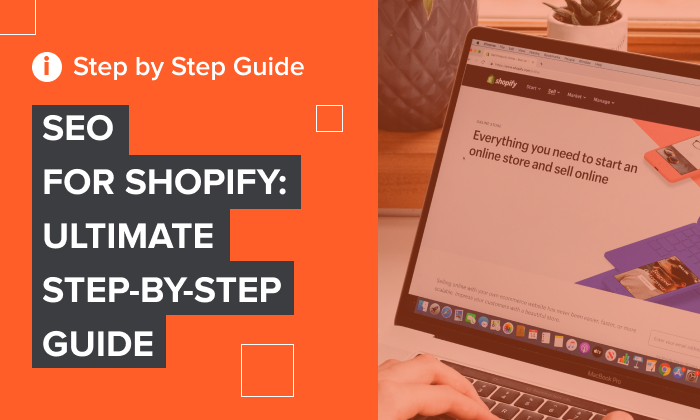
Credit: neilpatel.com
Frequently Asked Questions
What Is The Best Way To Seo A Shopify Website?
To optimize a Shopify website for SEO, research relevant keywords and integrate them into product titles, descriptions, and meta tags. Ensure your site has a mobile-friendly design, fast loading speeds, and quality backlinks. Regularly create valuable content, like blog posts, to engage visitors and boost rankings.
Is Shopify Any Good For Seo?
Yes, Shopify is good for SEO. It offers built-in tools to help optimize your site, like customizable headings, titles, and meta tags. Its user-friendly interface also simplifies the process of implementing SEO strategies, making it a solid choice for enhancing your online visibility.
How Do I Optimize My Shopify Image For Seo?
To optimize Shopify images for SEO, choose descriptive, keyword-rich file names. Compress images to reduce load times. Use alt tags with relevant keywords for accessibility and context. Ensure images are responsive for mobile devices. Lastly, keep image file paths and sitemaps clean and organized.
How Do I Rank A Shopify Website?
To rank a Shopify website, optimize your store’s SEO by using relevant keywords, ensuring fast loading speeds, acquiring quality backlinks, creating valuable content, and leveraging social media for increased visibility.
Conclusion
Optimizing your Shopify store for SEO isn’t just beneficial; it’s essential. This guide has laid out a clear path to follow. Start small, focusing on keywords and site structure. Then, dive into improving your loading speeds and mobile experience. Remember, SEO is an ongoing journey, not a one-time task.
With dedication and regular updates, your Shopify store will climb the ranks, attracting more visitors and boosting sales. Let’s get your store to the top of search results, where it belongs!
